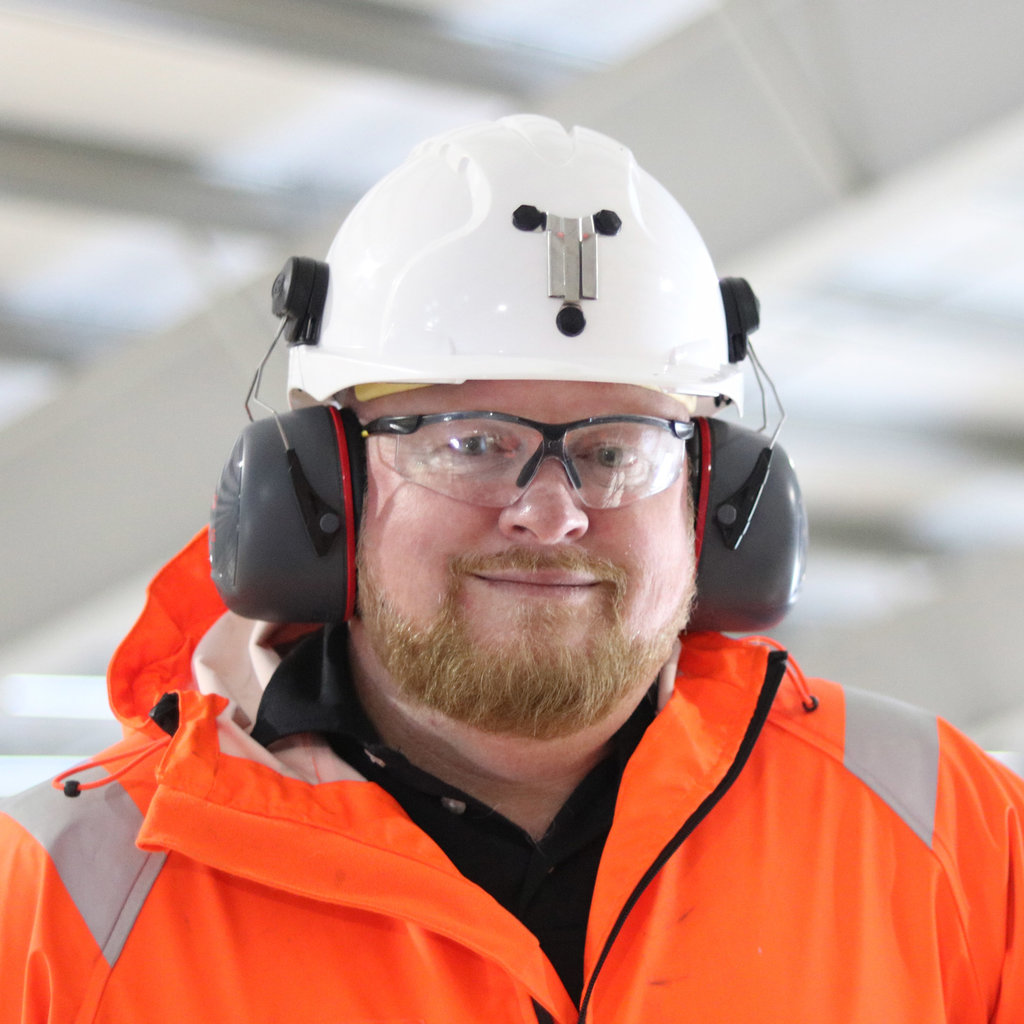Feature
US tariffs send tremors through Europe’s medtech industry
Trump’s tariffs are fuelling trade tensions and straining supply chains. In response, European medtech companies are changing strategy to stay competitive in a protectionist and volatile global market. By Bernard Banga.

Tariffs squeeze medtech margins: European manufacturers face rising export costs and shifting global strategies under new U.S. trade measures. Credit: Madcat_Madlove / Shutterstock
In 2024, the European Union achieved a record trade surplus with the United States of €198.2 bn. According to Eurostat, medicinal and pharmaceutical products led the way, accounting for 22.5% of total EU exports to the US – a clear indicator of Europe’s competitive strength in advanced health-related technologies.
Medical devices played a pivotal role in this surplus. EU exports to the US – driven by diagnostic imaging systems, prosthetics, endoscopes, cardiovascular implants, in vitro diagnostics, and essential medical consumables – represented a critical pillar of transatlantic trade.
Germany, Ireland, and France emerged as the top exporters. Germany, underpinned by Siemens Healthineers and B. Braun, reported €67.9 bn in non-EU medtech and pharmaceutical exports. Ireland, home to Medtronic’s European operations, followed with €56.6 bn, while France, supported by companies like bioMérieux, contributed €41.4 bn. However, escalating US tariffs now threaten to destabilise transatlantic value chains, challenging both market access and regulatory alignment in an increasingly protectionist global landscape.
US tariffs hit EU medtech
In April 2025, the Trump administration brought in new tariffs targeting medical devices imported from the European Union, imposing a 20% duty effective from 9 April. This measure is designed to reduce the US trade deficit and incentivise domestic manufacturing.
Switzerland, a major exporter of medical technology and diagnostics, faced a 31% tariff. The United Kingdom is faced with a 10% tariff on similar exports. However, in response to industry concerns and market volatility, the administration suspended the increased tariffs for 90 days, maintaining a 10% rate during this time. Georg Riekeles, associate director at the European Policy Centre, warned: “This escalation in tariffs risks deterring investment in European manufacturing facilities and weakening the global competitiveness of EU exporters.”
However, some exceptions remain. Denmark-based Coloplast and UK-based Convatec, both focused on medical technologies used in long-term care, report limited tariff exposure thanks to protections under existing international trade agreements. These include provisions which exempt certain long-term care products from import duties.
Their product portfolios – covering ostomy, continence, urology, wound care (Coloplast), as well as infusion systems (Convatec) – largely fall under the 1994 WTO Pharmaceutical Agreementhttps://eur-lex.europa.eu/legal-content/FR/TXT/?uri=LEGISSUM:l21211. These provisions, notably Heading 3005, afford duty-free status to many long-term care products.
Tariffs reshape EU medtech supply chains
Medical technology companies are already assessing the potential impact of new US tariffs on their operations. Bernd Montag, CEO of Siemens Healthineers, underscores the value of operational flexibility:
“Thanks to our global footprint, we have multiple levers to mitigate potential medium-term tariff impacts – ranging from adapting logistics to calibrated price adjustments. Our Twin Factory model enables seamless intra-China, intra-U.S., and Europe-to-Europe deliveries.”
In a joint statement with GE Healthcare, Netherlands-based Philips noted: “We continuously assess our supply chains and manufacturing footprint. Any strategic decisions depend on a range of factors, including tariffs.”
The imposition of new US tariffs is forcing European manufacturers to rethink logistics and supply chain models. According to the French Ministry of Economics and Finance, landed costs for medical devices affected could rise by 20% to 25%, immediately inflating US prices and undermining competitiveness. MedTech Europe warns these tariffs could cut export volumes and push companies to relocate production to the US.
Financial strain on European exporters
The direct increase in export costs is substantial. MedTech Europe estimates that a 20% tariff would represent an additional €3.3bn in annual costs for European exporters. These costs are difficult to pass on to end-users, given the price sensitivity of US healthcare providers and the presence of strong domestic and Asian competitors. Margins for European medtech firms will be squeezed.
Industry leaders have voiced significant concerns. MedTech Europe said the new US tariffs on European medical devices will disrupt established supply chains and threaten the sector’s ability to invest in innovation and quality. Similarly, the French association SNITEM emphasises the need for support: “Support for manufacturers based in France and Europe is essential in these turbulent times. The risk is not only financial but also organisational, as companies may be forced to rethink their entire export strategy to the United States.”
Strategic relocation and market diversification gain traction
In response to escalating US tariffs, several European medtech companies are exploring strategic relocation options, including establishing production facilities within the United States to bypass trade barriers.
However, this approach comes with significant upfront capital requirements. According to FinModelsLab, the average cost of setting up a medical device manufacturing plant in US territory ranges from $1 million to $4.5 million
“These figures do not account for ongoing operational expenses,” said Henry Seykin, CEO of FinModelsLab. “Additional costs such as FDA certification, insurance premiums, utilities and continuous regulatory and quality assurance expenses must also be factored in.”
Given these high financial barriers, many European medtech firms are instead prioritising the diversification of their export markets. To reduce their dependence on the US, they are actively expanding commercial operations in emerging regions such as Asia, Latin America, and the Middle East, where regulatory conditions may be more favourable and growth opportunities substantial.
Medtech pushes to keep devices out of trade war
As tensions escalate over US tariffs on European medical technologies, the European Union is reportedly considering retaliatory duties on American-made healthcare devices imported into the bloc. However, leading European industry associations including MedTech Europe, the European Coordination Committee of the Radiological, Electromedical and Healthcare IT Industry (COCIR), the Association of British HealthTech Industries (ABHI), France’s SNITEM, Germany’s MedTech Cluster and Swiss Medtech are urging the EU to avoid a tit-for-tat response. Instead, these bodies are lobbying both the European Commission and U.S. authorities for exemptions or delays to tariffs.
“A balanced strategy is essential to prevent further escalation,” said MedTech Europe in a statement. “Medical technologies are not ordinary products – they are life-saving solutions relied upon by millions of patients.”
The use cases for human exploration will be anecdotal.
Russell H. Taylor, John C. Malone professor in Department of Computer Science
However, Vellacott does add space biomanufacturing will likely generate valuable intellectual property (IP). This would provide a basis for terrestrial biomanufacturing, potentially shifting market dynamics depending on the applications of technologies. Over time, certain applications such as complex organs could be more permanently paired with space manufacturing.
Longer term, he anticipates that space biomanufacturing will support human exploration as further space environments are built.
Commenting on what the bigger opportunity of space manufacturing is between patients here on Earth or supporting space travel, Dr Bailet says: “It’s pretty clear that it’s going to be for Earth market because the market is so big, the opportunity is clearly there.”

Astrocytes are a type of neural cell that builds the BBB, and Excellio plans to derive exosomes from them to make them even better at targeting the brain. Credit: ART-ur / Shutterstock
Caption. Credit:

Phillip Day. Credit: Scotgold Resources
Total annual production
Australia could be one of the main beneficiaries of this dramatic increase in demand, where private companies and local governments alike are eager to expand the country’s nascent rare earths production. In 2021, Australia produced the fourth-most rare earths in the world. It’s total annual production of 19,958 tonnes remains significantly less than the mammoth 152,407 tonnes produced by China, but a dramatic improvement over the 1,995 tonnes produced domestically in 2011.
The dominance of China in the rare earths space has also encouraged other countries, notably the US, to look further afield for rare earth deposits to diversify their supply of the increasingly vital minerals. With the US eager to ringfence rare earth production within its allies as part of the Inflation Reduction Act, including potentially allowing the Department of Defense to invest in Australian rare earths, there could be an unexpected windfall for Australian rare earths producers.
